I'm sharing highlights and photos from my first trip to Japan. Previously: Intro, travel, Tokyo exploring.
At the end of our first full day in country, we met up with our travel group, four other families from across the U.S. and Canada, along with our local guides who would be helping us navigate our adventure. We were glad for a relatively small group, and even though none of the other youth were as young as our daughter, it was still great to have a mix of kids and adults along the way.
The next morning we met up in the hotel lobby and headed to the metro station for our first adventure.
The metro subway and train system in Japan lived up to its reputation as reliable, well designed, safe, easy to use and quite comfortable. It was our main way of getting around throughout our trip and it was so nice to see and experience such a successful, pervasive mass transit system that had clearly received significant investment over the years.
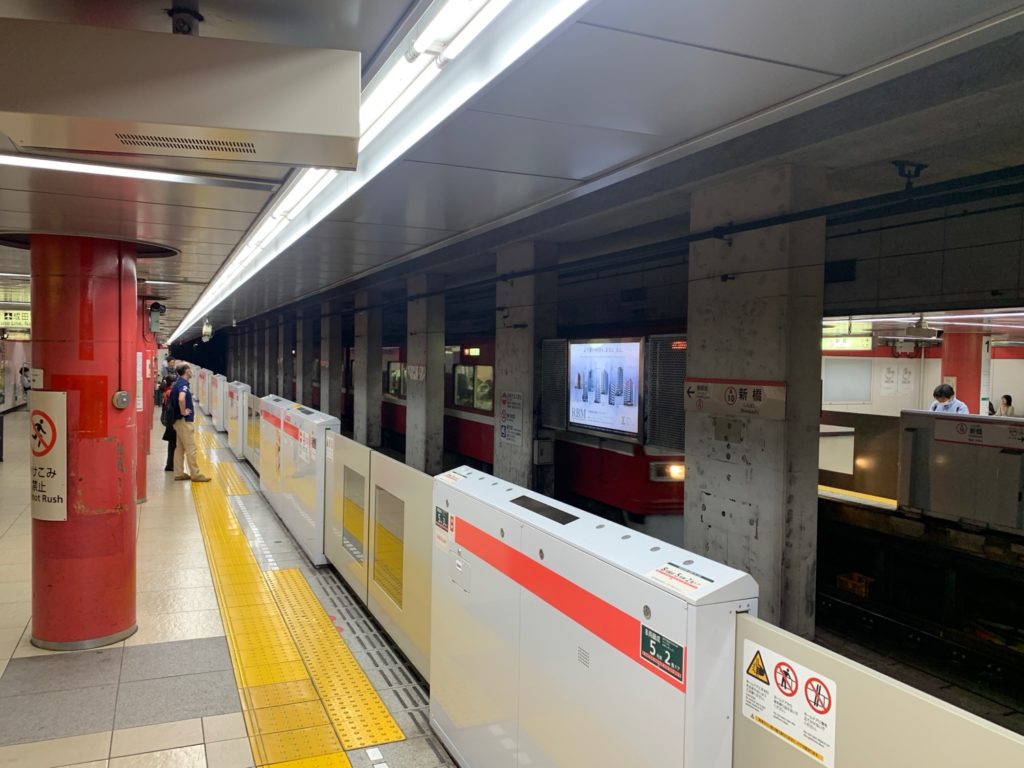
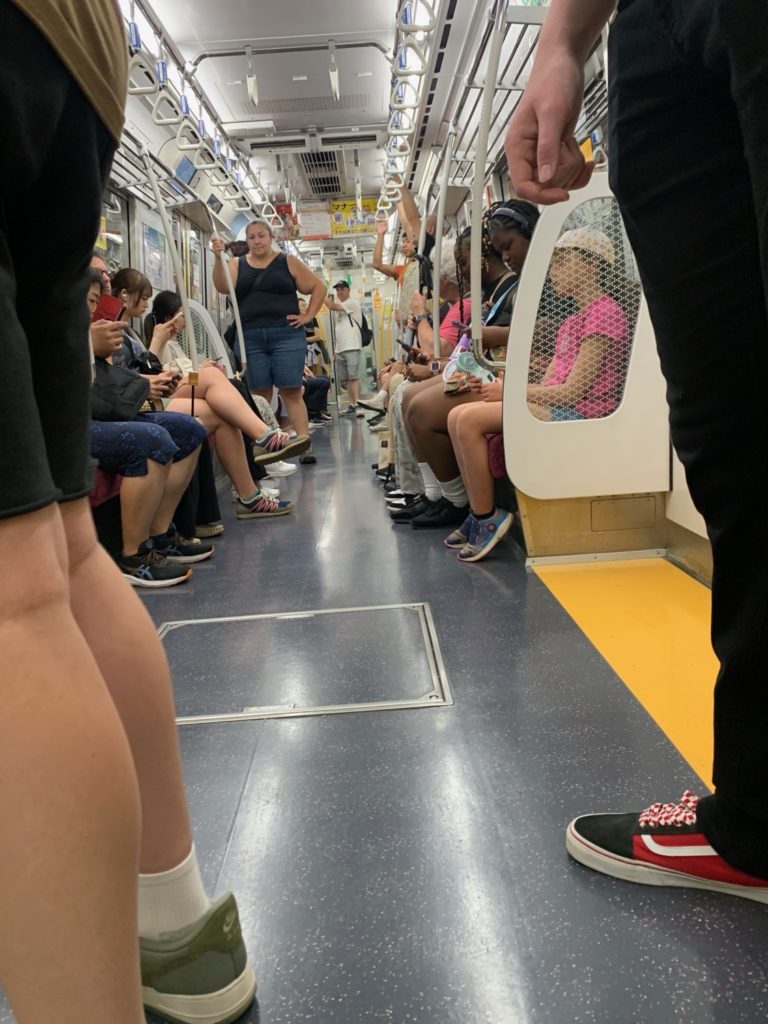
Temple time
We headed to one of many Shinto shrines and Buddhist temples we would see in Japan. These incredible places each represented their own celebration of some aspect of or figure in their respective religious traditions, with architecture, landscaping and experiences that separate them from the surrounding secular world. Just to be in a building that was constructed many hundreds or thousands of years ago (and sometimes already burned down/bombed/moved/reconstructed several times), or to wander through a space that was clearly so meaningful to the people who visited, was an honor.
This day's visit was to Kinryū-zan Sensō-ji, a Buddhist temple in the Asakusa district of Tokyo. Before you get to the temple itself, there's Kaminarimon, the "Thunder Gate" that was first built in 941 and guards the entrance to the temple. As with many of the sacred locations we visited, commerce was never too far away, with a Starbucks in the background here, a little shopping or eating to do there.
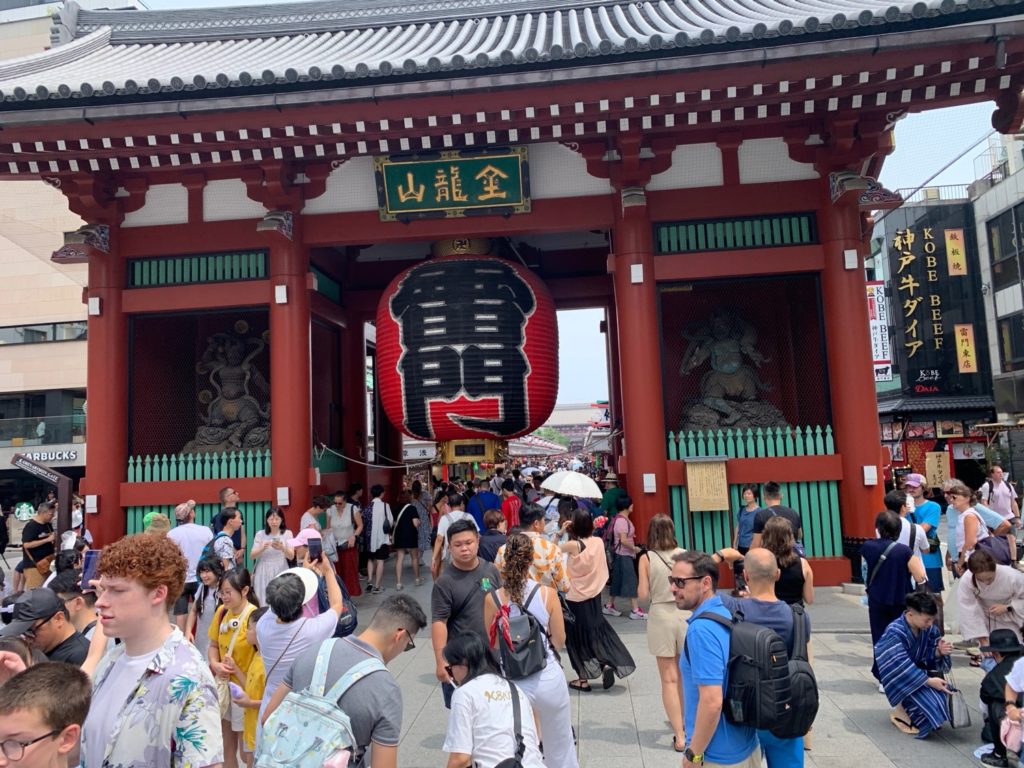
If you make it through that gate, you can wander down the Nakamise-dōri, a narrow street of shops and eateries that very much cater to the tourist crowds.
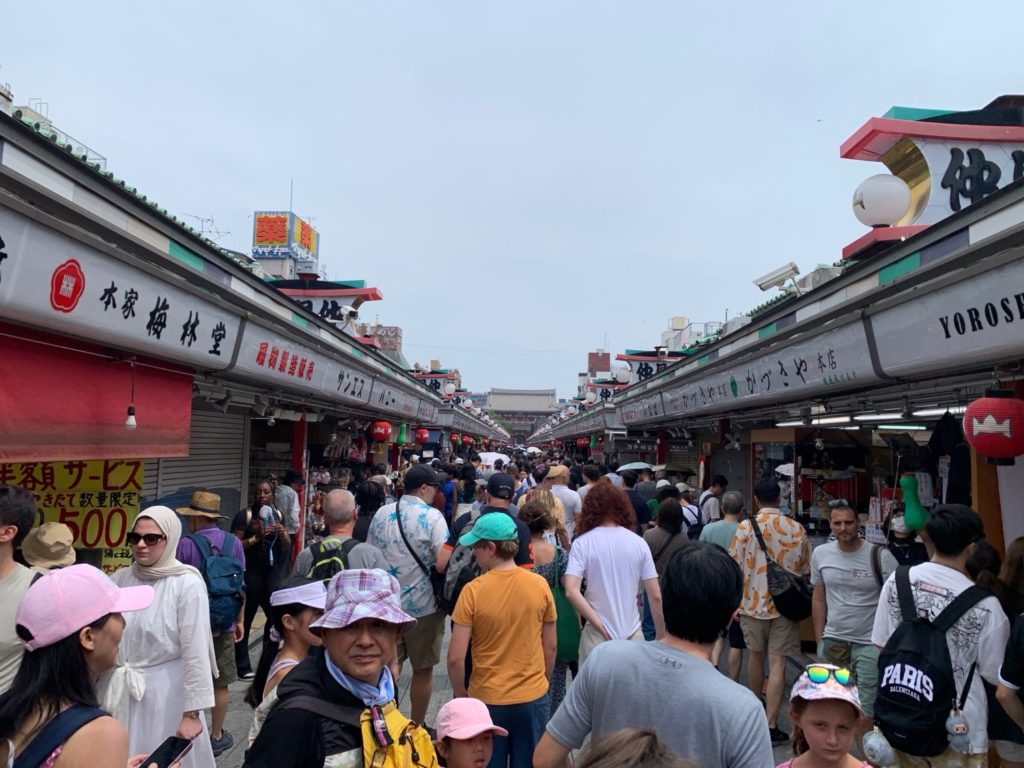
The bustle and crowdedness was not my favorite, but it was fun people-watching. Then you arrive at the inner gate, Hōzōmon, which grants you access to the inner temple complex. The lanterns and statues inside these things weigh hundreds or thousands of pounds, and are pretty amazing to look at.
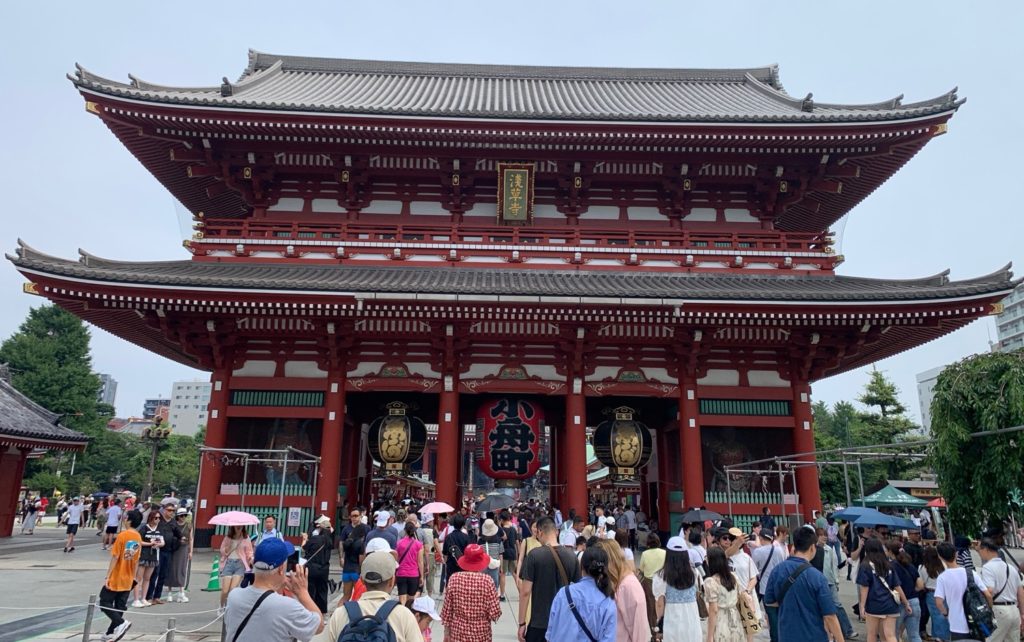
As with many other temples and shrines, there are purification and cleansing rituals you can go through before entering using combinations of water and incense, along with opportunities for prayer and reflection along the way.
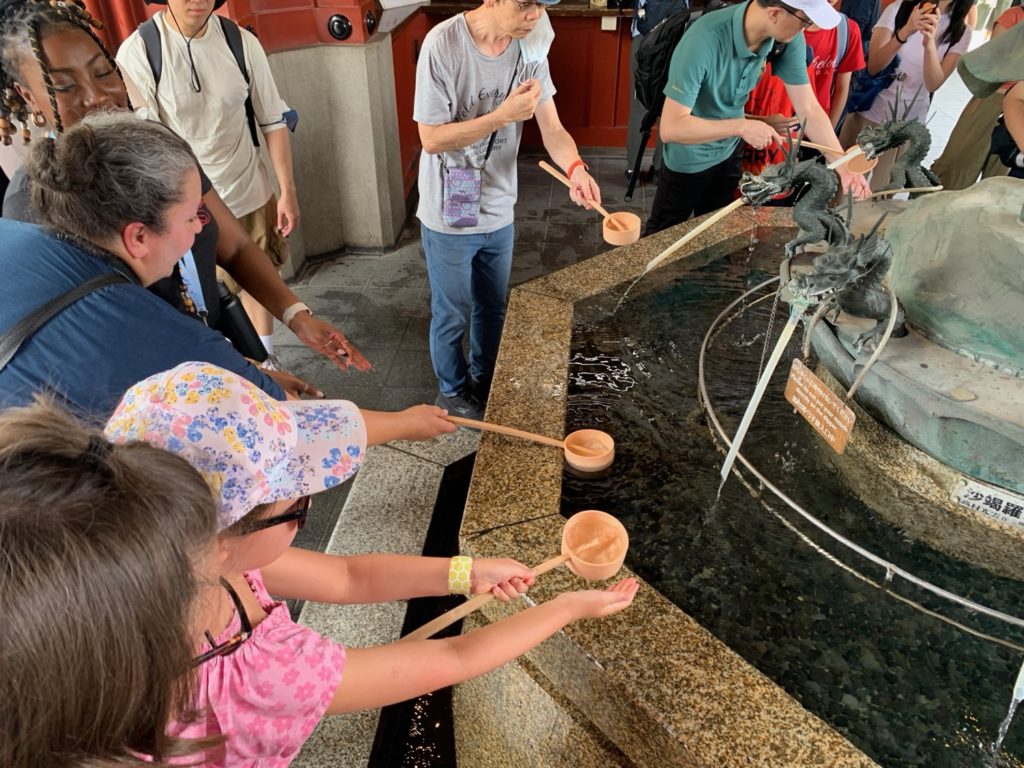
Even though the temple itself — not pictured here out of respect for the sacred space — was very crowded, I found it meaningful to see it and have a few moments to try to appreciate its significance. On the trip as a whole we tried to teach our daughter and ourselves about the importance of these cultural and religious spaces, both as destinations and as symbols that we might not always fully understand, but that we could respect and learn about as a way of expanding our understanding of other people's experiences in the world.
Mechanized sushi
We took the subway to another area for lunch at a Kura revolving sushi bar. If you've not been to one (there are 60+ U.S. locations), you haven't yet experienced the delight of selecting your menu items on a screen and within a minute or so having them arrive by conveyor belt to your table.
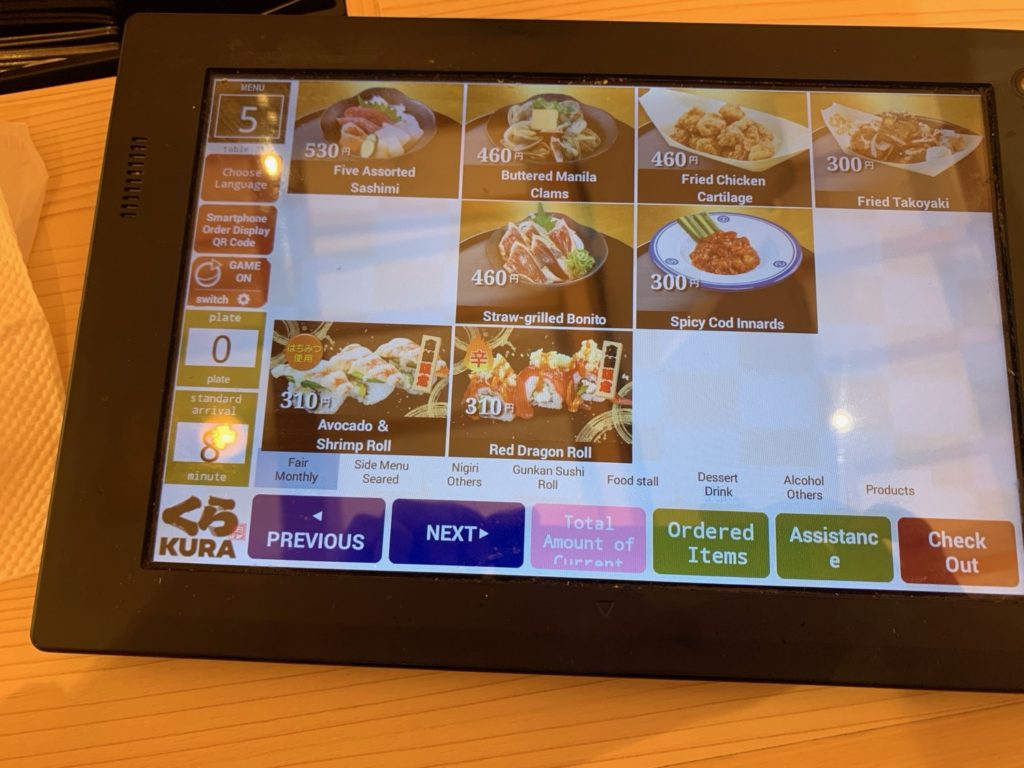
Our daughter enjoyed this immensely and the food kept coming.
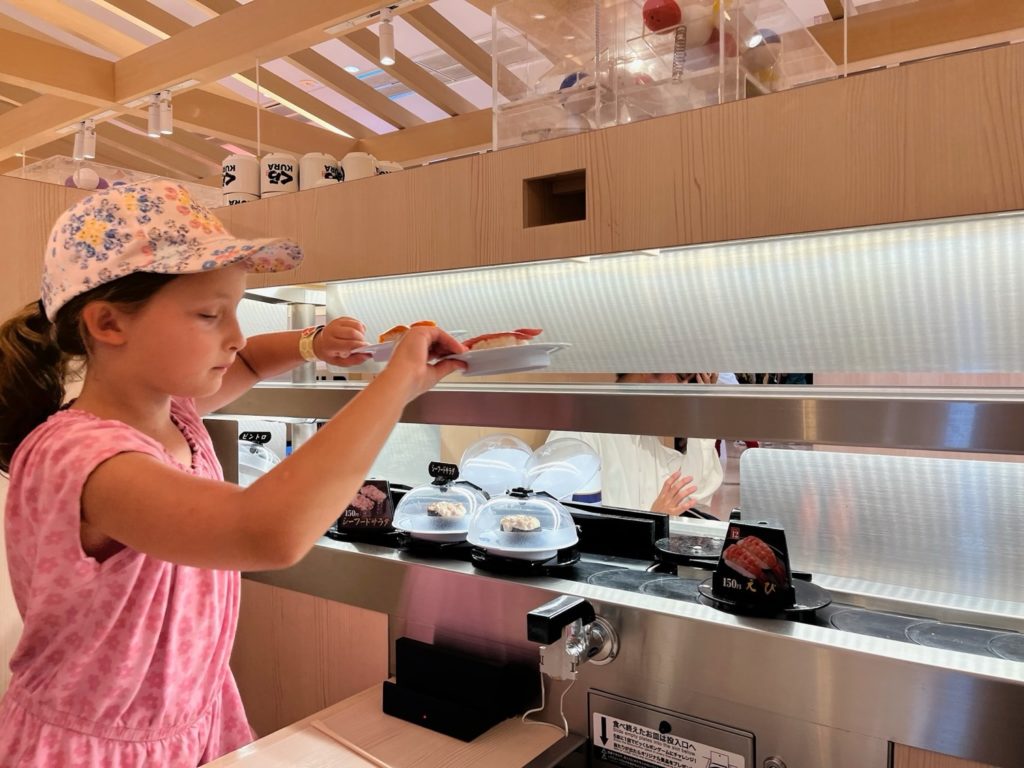
Speaking of eating a lot, on this trip I learned about the phrase and concept "Hara hachi bun me" which suggests that we eat until we feel about 80 percent full, instead of going for the feeling of being all the way full. There's apparently research (and perhaps common sense) showing it helps with lowering body fat, avoiding dementia and increasing lifespan, but in general it just felt like a nice idea to keep in mind for my own life.
Between all of the walking we did (usually 15,000 steps per day), the significant heat and the modest appropriate portion sizes we encountered, I found it rare that I felt stuffed or heavy as I often do when eating at restaurants at home, and generally just lighter on my feet. I don't want to romanticize or over-generalize about healthy eating in one place versus another because a lot of it is obviously about the choices we make wherever we are, but I did feel like I had more opportunities to be healthy on this trip.
Shrine time
After lunch we walked through the heavily touristy shopping area on Takeshita Street, which included my first in-country McDonald's sighting along with a micro pig cafe. Yes, for just ¥2,750 (about $18) you could hold and pet a micro pig for 25 minutes. They were fully booked for the day.
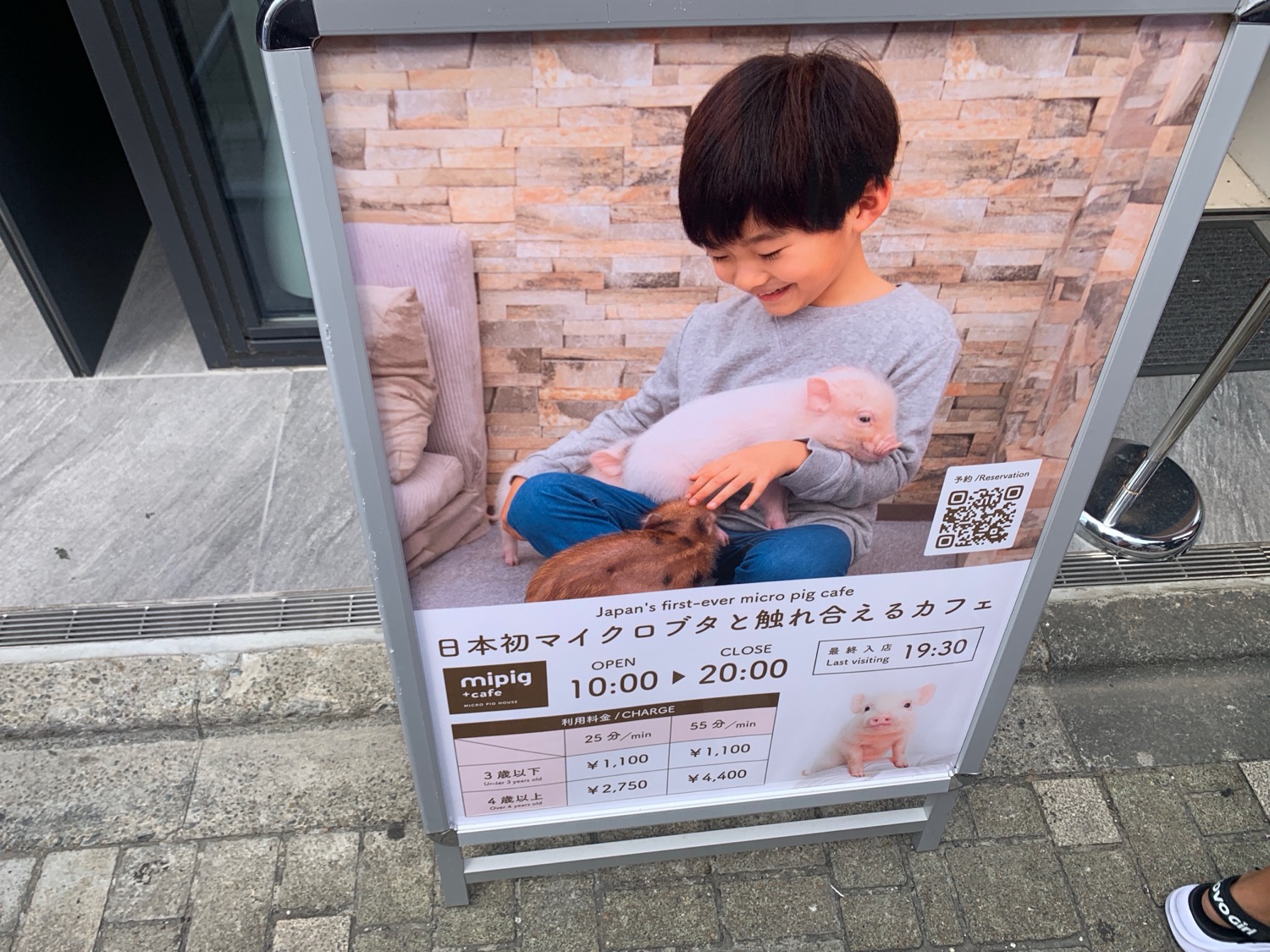
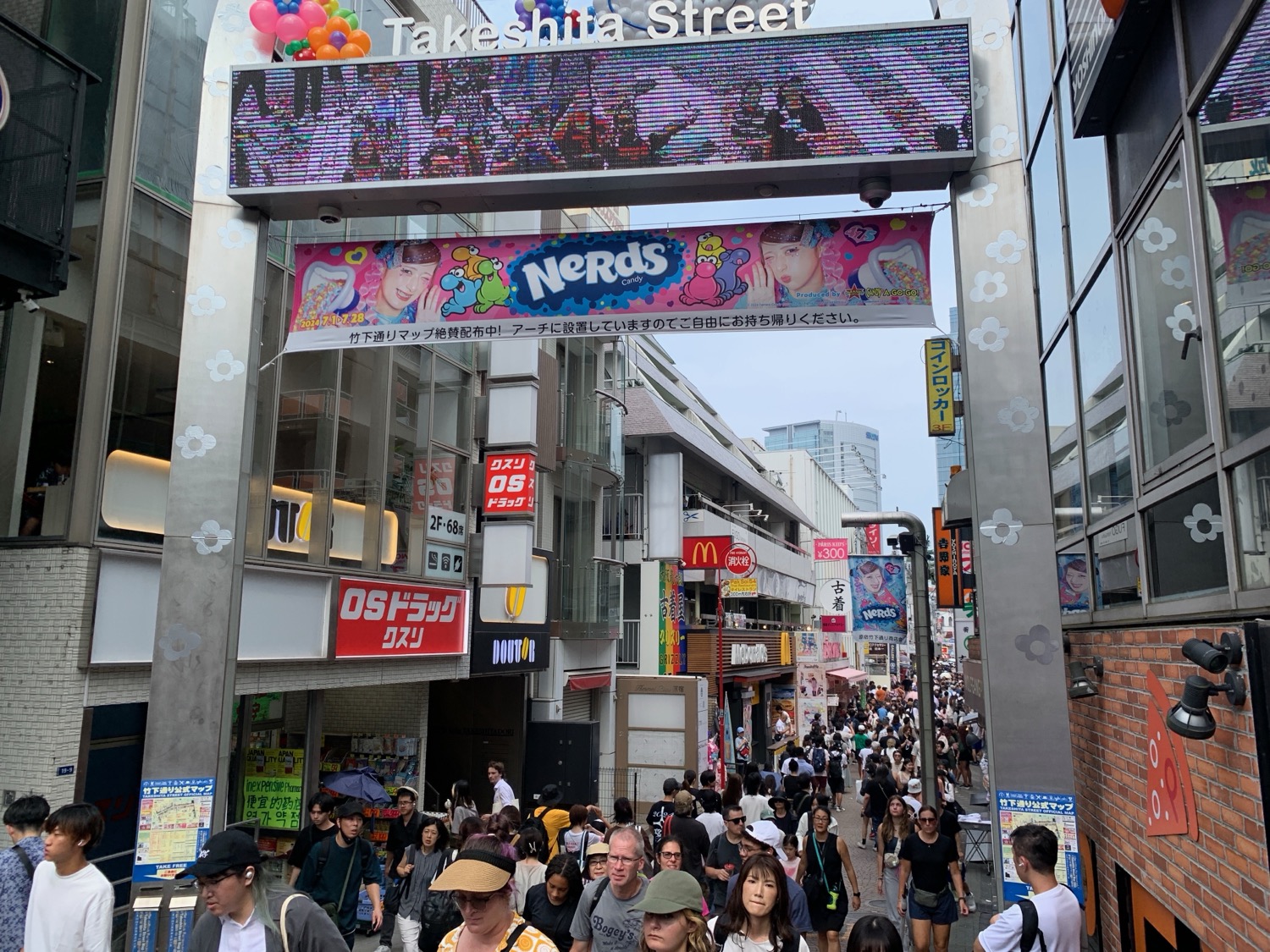
Then we headed to the Meiji Shrine, celebrating the 122nd emperor of Japan, Emperor Meiji, and his wife, Empress Shōken. In contrast to the urban bustle of Sensō-ji, this shrine was located among 170 acres of mostly forested area, and felt much more serene.
The entrance gate alone was a sight to see:
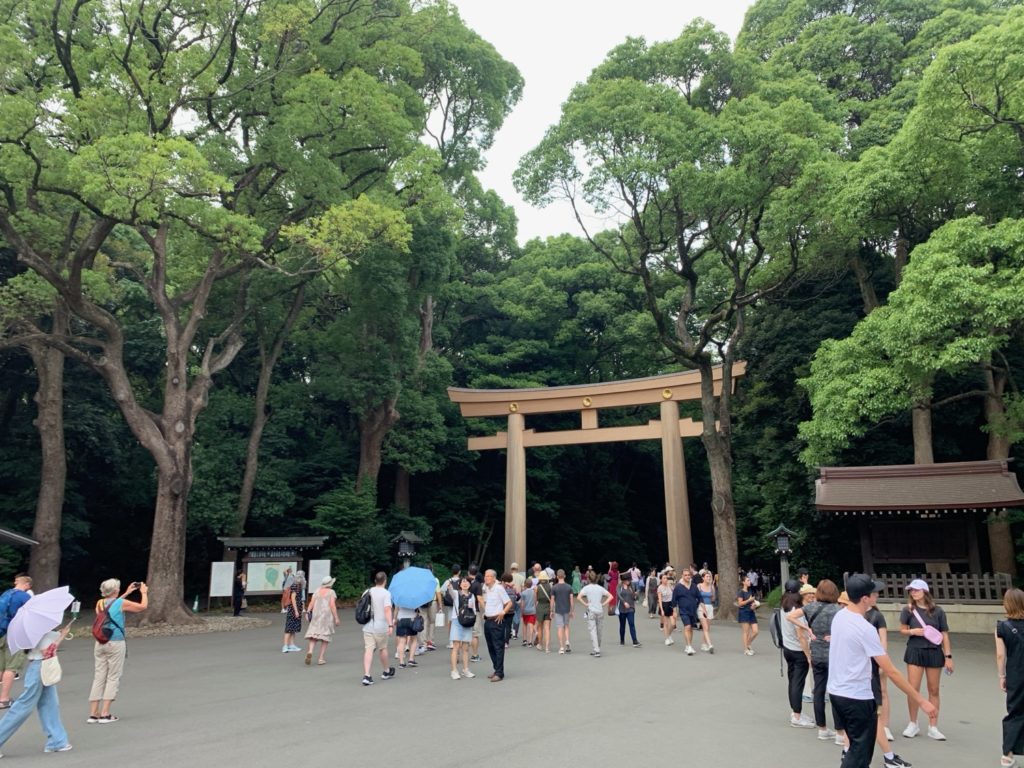
We heard a lot about the Meiji era and its significance in the country's history; he basically oversaw a huge transition from the feudal shogun era defined by regional power structures to Japan as a more unified country and industrial world power. I guess that earns you a place in history, and a massive shrine.
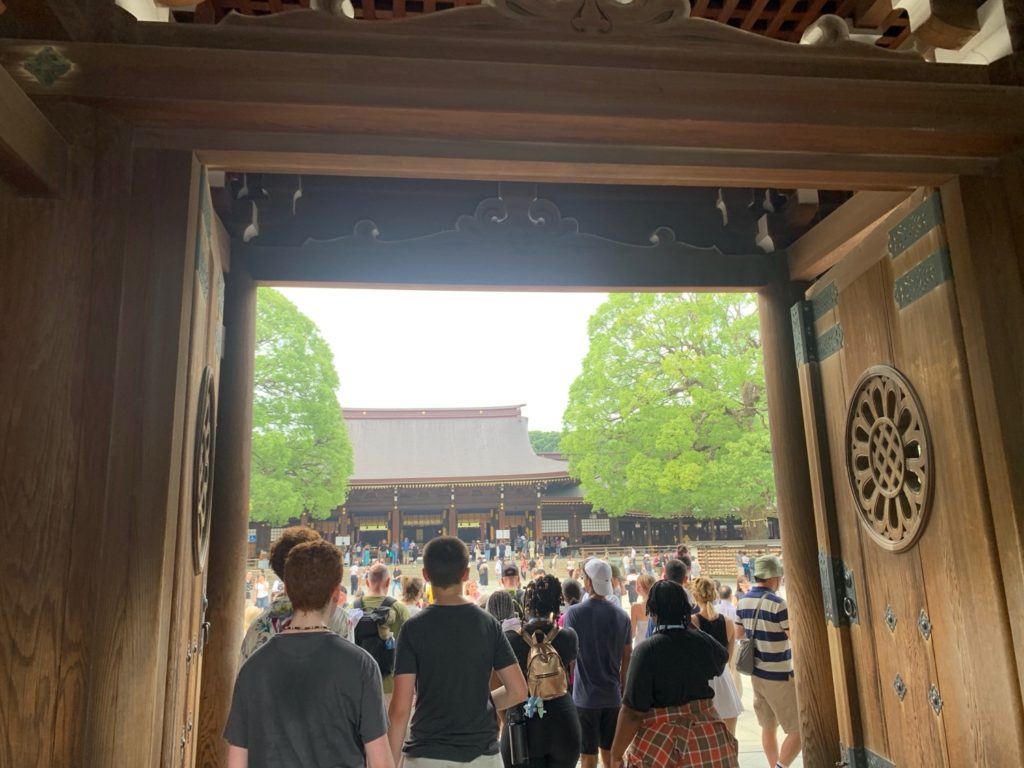
With space being quite limited in Japan, culturally significant sites like this shrine are not necessarily safe. It sounds like there are plans to carve out a few of those acres soon, tearing down a bunch of trees and building a stadium, hotels and office buildings.
After a hot and sweaty trek back to the hotel, we rested a bit and then headed back out to the restaurant Torishige Chubo, known for its grilled chicken. My goodness did they serve us a lot of chicken. Well past the 80% mark.
 I’m a journalist, publisher, software developer and entrepreneur with experience as a founder and organizational leader. Work with me or learn more about me.
I’m a journalist, publisher, software developer and entrepreneur with experience as a founder and organizational leader. Work with me or learn more about me.
Thank you, Chris; these notes and photos from your family’s exploration of Japan are delightful to read and see.
~ Stephanie